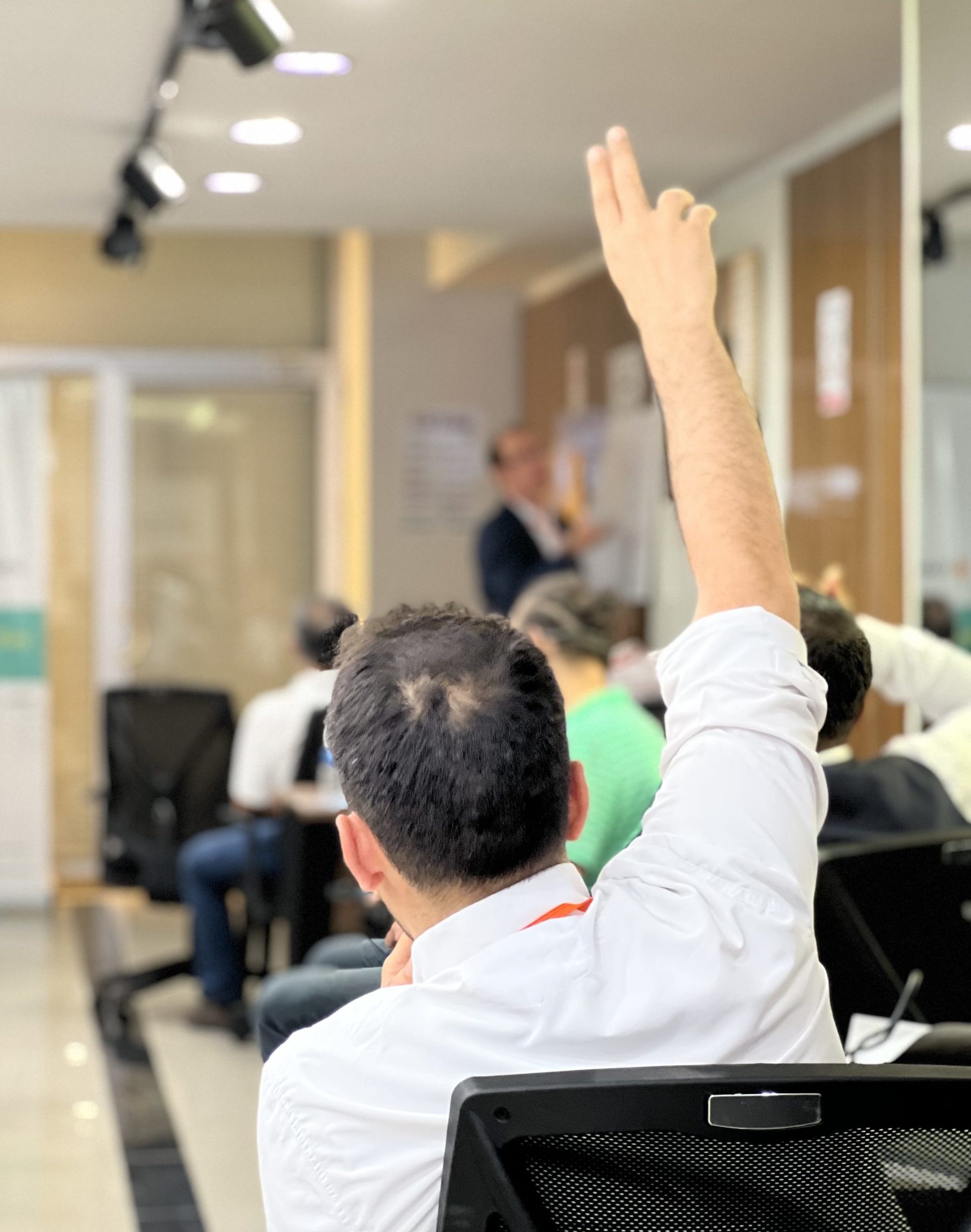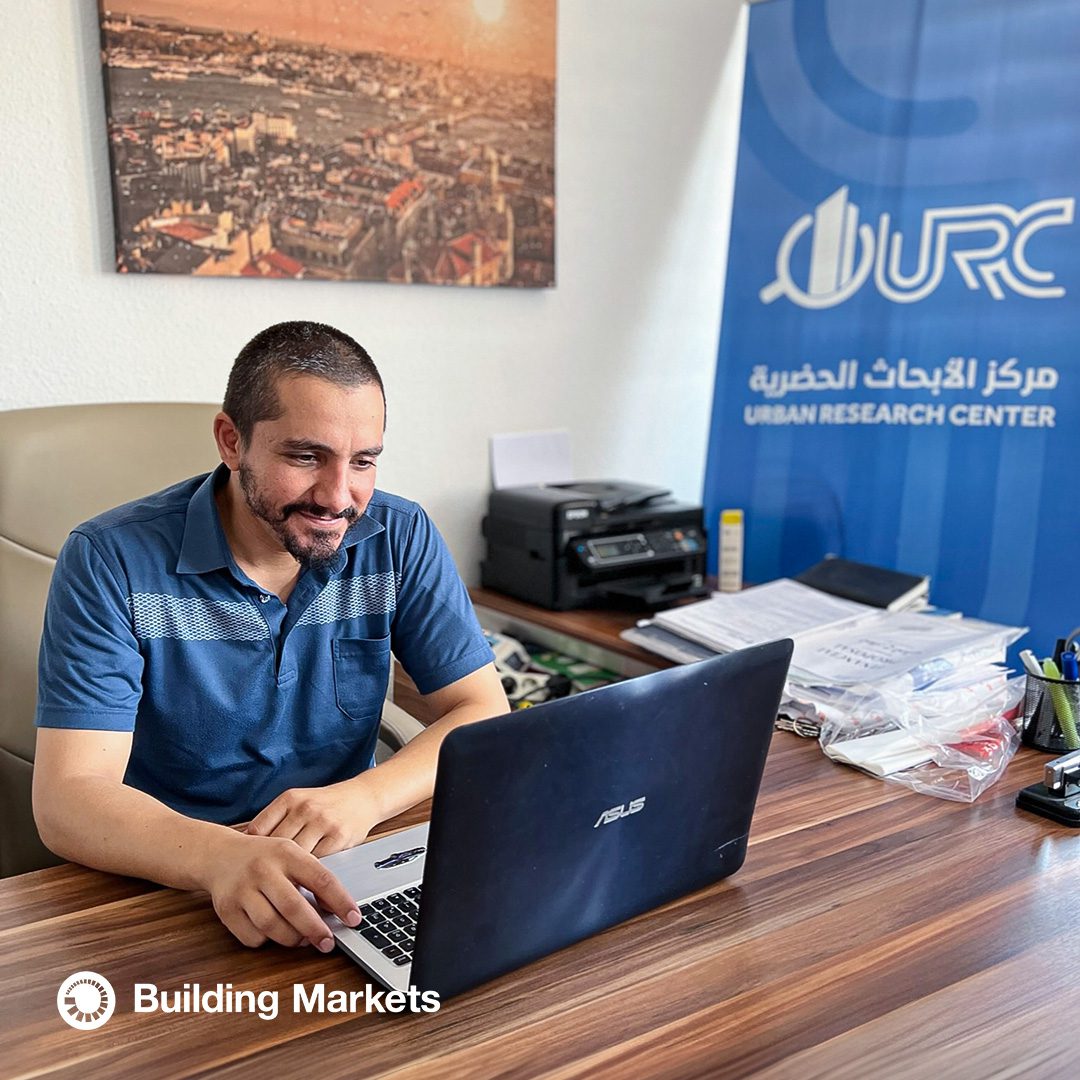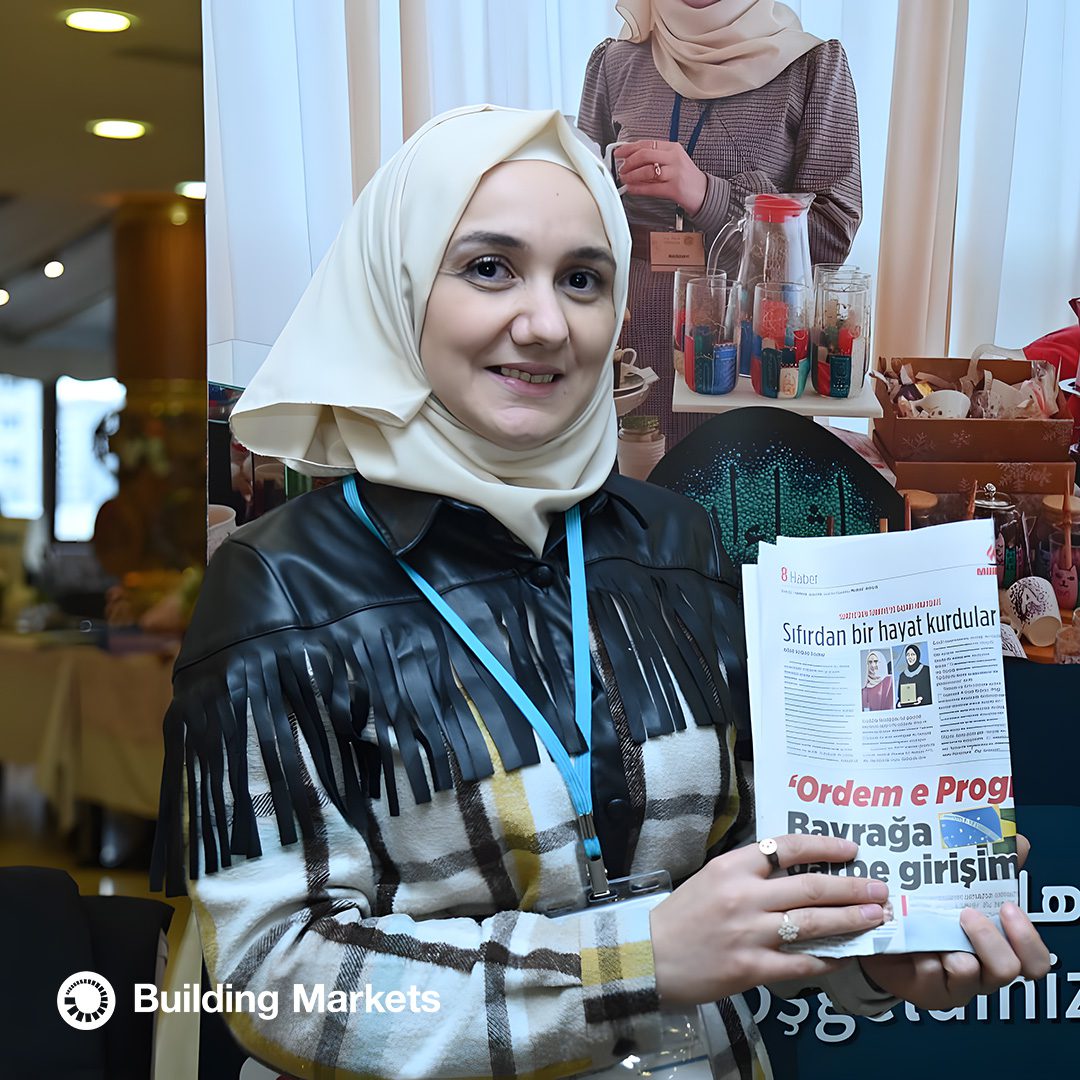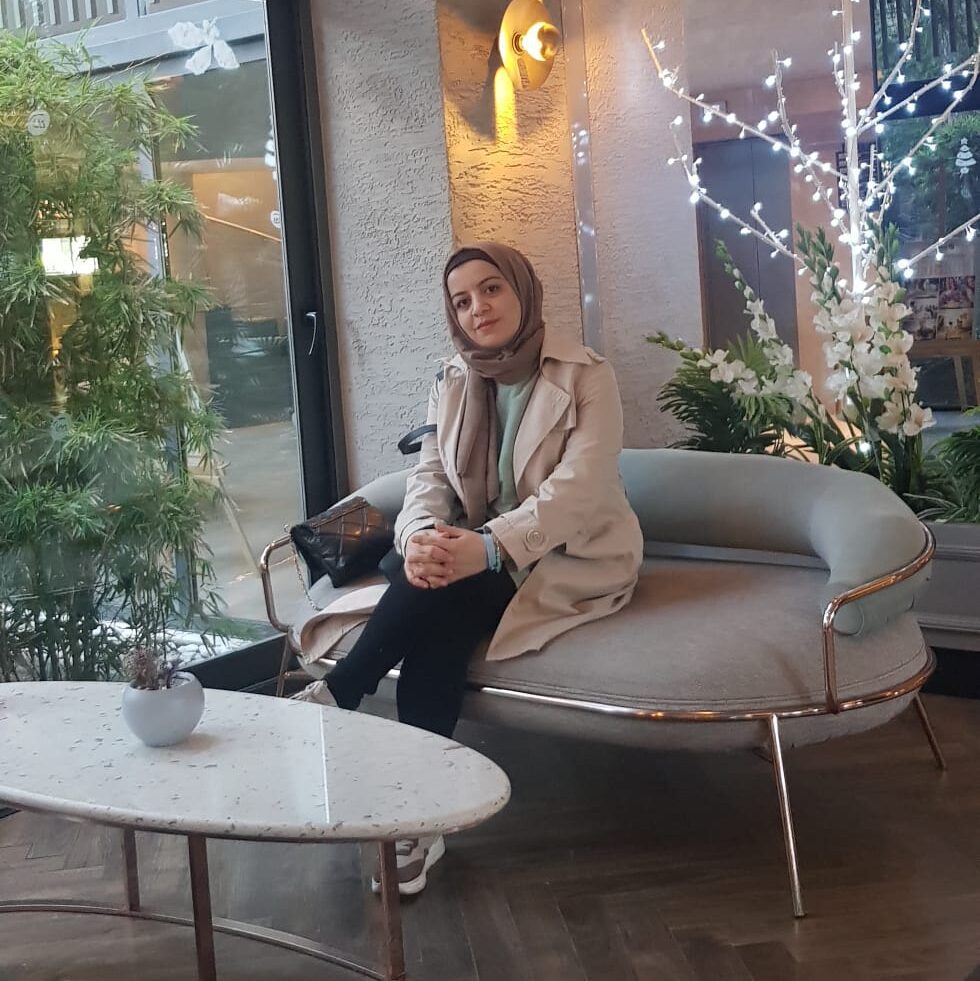This blog is the first of a series of explainers unpacking some of the thinking behind our strategy. Together, they make transparent why, how, and with what resources and learning we plan to achieve our goals. We welcome your input and feedback as we move forward. In this first blog,we dive into why small business leaders matter now more than ever, why market systems currently don’t allow business leaders from marginalized communities to achieve their potential, and how existing capital flows can be better leveraged so that all people – whether small business leaders, buyers, households or communities – may rise.
Globally, 3.4 billion people worldwide are economically active but still vulnerable. When COVID-19 took countries worldwide by hold, small business owners were forced to shutter their businesses and return home, furloughing employees and drawing on savings and social assistance to pay for household and fixed business costs. Whether caused by a pandemic, natural disaster, or sudden economic crisis, small business leaders rely on a financial cushion that is often too thin or nonexistent. To not support them is to leave a vast population segment vulnerable, risking an increase in the global pool of people living in poverty.
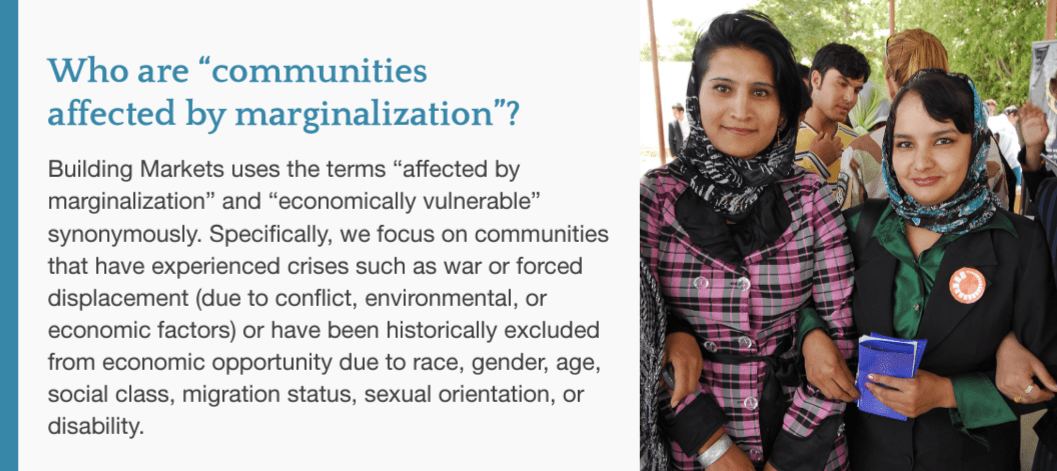
We need small business leaders to help create social and environmental change. We know that women lead 1 of every 3 small businesses. Data also tells us that women business owners are more likely to hire, retain, and promote other women than businesses led by men. Making a dent in global goals around gender equality requires that we not only support women business leaders but help them grow so that we can see the ripple effects on their employees, households, and communities.
Similarly, small business leaders play an essential role in reducing global emissions. The Sustainable Development Goals are clear that global emissions need to be reduced by 45% by 2050. In Colombia, where we operate, the government has set a target of zero net emissions by 2050, and in Türkiye by 2053. In each of these countries, small and medium-sized businesses make up close to 90% of the economy – it is simply impossible to accomplish any of these goals without engaging them in the effort. And the potential for action is clear. Forty-five percent of global emissions come from products such as textiles, food, vehicles, and electronics. Let’s take electronics alone as an example. Small businesses play a critical role in supporting reverse logistics (returning used electronics to manufacturing companies so that their parts can be reused or recycled). Similar examples exist when we think about reducing food waste from agricultural processing, wholesale, and retail, switching to more sustainable construction materials, or creating and using plastic alternatives in packaging.
Small business leaders are active change-makers, responding to crises, developing innovation, and addressing social issues that matter to the communities in which they live and to the world beyond them.
So, how can we best support them? Building Markets’ primary focus is creating greater market access. We know small business leaders prefer to work rather than rely on handouts. We also know that existing capital flows in markets are massive – they just aren’t reaching business leaders from economically vulnerable communities. Governments, corporations, and the public sector spend trillions of dollars procuring goods and services. In 2018, global public procurement was estimated at $13 trillion dollars, spiking further with spending related to the COVID-19 pandemic. Corporations are creating and investing in supplier diversity programs to align with their corporate values and spur competition further into their supply chains. In both of these cases, potential benefits are yet to reach small, diverse businesses.
Our strategy identifies three core reasons why small, marginalized business leaders are not sufficiently included in market opportunities:
- Small business leaders are not pursuing or winning all the economic opportunities for which they are qualified. They lack the knowledge and networks to access new markets and the human, financial, and technological resources to bid on and win new work. In accessing finance alone, the cost of credit to small businesses is double that of large enterprises, making participation in new opportunities too costly.
- Buyers (corporate, government, or public sector) tend to favor well-established suppliers. While many corporations and public sector organizations make public commitments to diversifying their supply chains, they often favor larger, more established businesses as they perceive working with small businesses as too costly and risky. They are insufficiently set up to identify and manage reputable small businesses.
- And lastly, economic, social, and political conditions disproportionately sideline marginalized communities. Entrenched biases against communities affected by marginalization are a powerful barrier to their success, and their contributions to communities and economies are overlooked.
Our new strategy focuses on creating systemic change by addressing all three parts of the problem and leveraging existing capital flows to create lasting, positive social change.
In our next blog, we’ll explain how we plan to achieve this, the basis for our strategic goals, and the principles we are using to guide how we operate. Join us in creating more inclusive economies and continue to learn with us as we unpack an urgent and essential path to good in the world.
Read our full global strategy here.
